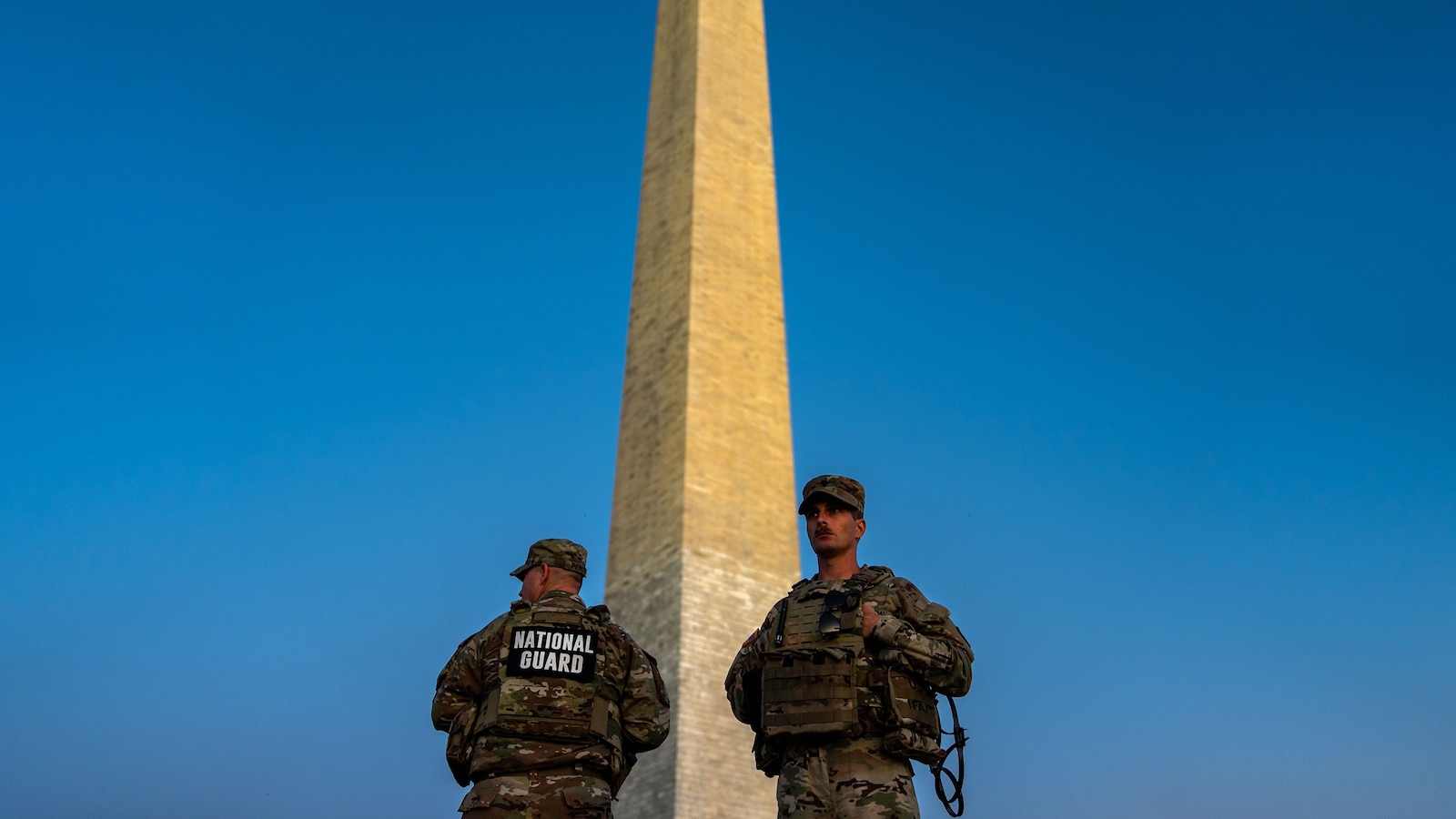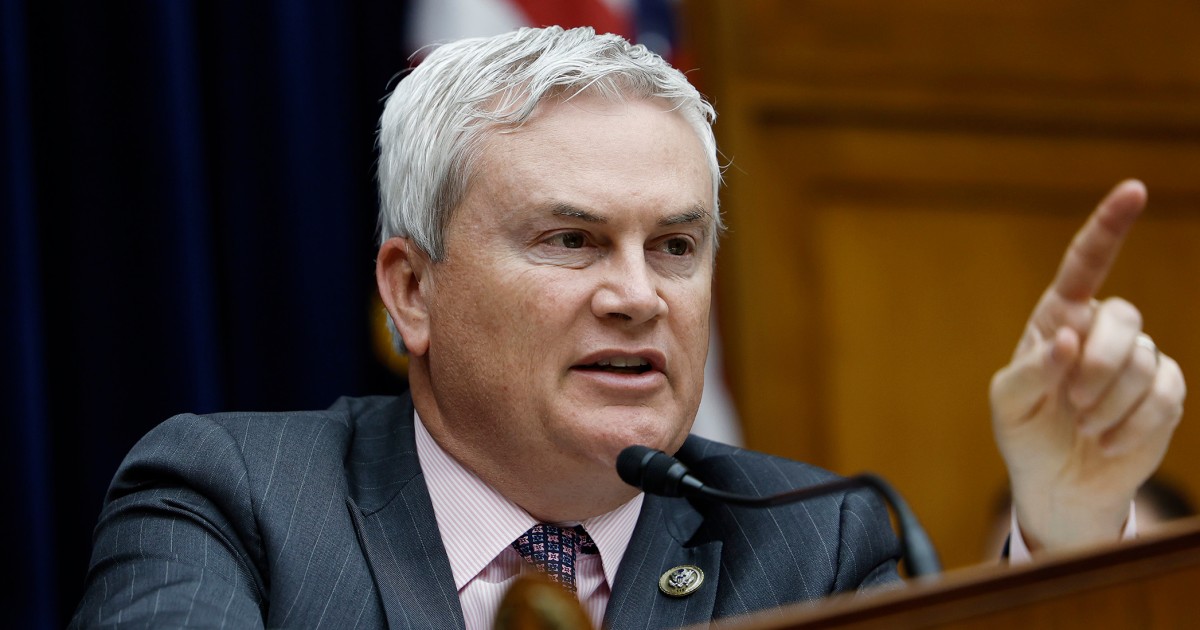On the night of 27 February 1933, six days before national elections, the German Reichstag was set on fire. Firefighters and police discovered a Dutch communist named Marinus van der Lubbe at the scene, who confessed to being the arsonist. The Nazi Reichstag president, Hermann Göring, soon arrived, followed by the future propaganda minister Joseph Goebbels and Adolf Hitler, who had been dining together.
Two competing, still unresolved, conspiracy theories would circulate about the real culprit: the Nazis, with van der Lubbe as front; or a communist cabal. But the three men had no doubts. Göring pronounced the crime a communist plot. Hitler called it “a God-given signal”, adding: “If this fire, as I believe, is the work of the communists, then we must crush out this murderous pest with an iron fist.”
On 10 September 2025, within minutes of the assassination of Charlie Kirk, before a suspect or a motive had been identified, a cacophony of voices – from neo-Nazi influencers to Republican members of Congress – were blaming the left for the murder of the hugely effective far-right political organizer.
Donald Trump amplified the indictments. “Radical left … rhetoric is directly responsible for the terrorism that we’re seeing in our country today, and it must stop right now,” he said, in a televised address from the Oval Office that night, pointedly omitting examples of violence against progressives or Democrats.
Is Kirk’s assassination Trump’s Reichstag fire?
There are major differences between Germany in 1933 and the US in 2025. Germany’s democracy was but 14 years old at the time. Created amid the privation of the postwar depression and attended by popular ressentiment at the country’s defeat, the Weimar Republic was unstable from the start. And simultaneously, out of those same conditions, the Nazi movement was born and gained strength.
Hitler’s attempted coup d’etat of 1923 – the beer hall putsch – failed but brought him national attention. During what the Nazis called the “time of struggle” between 1925 and 1932, stormtroopers and assorted thugs committed nearly continual acts of terrorism and violence toward political foes. Jews, and other minorities. The conflagration of 27 February 1933 burst from tinder ready to combust.
By contrast, US democracy is nearly a quarter of a millennium old. It has weathered division, corruption, and violence – and, in many instances, stood stronger, better governed, and more just in their aftermath. Today – despite attacks on the press, boldly partisan gerrymandering, police brutality against peaceful protests, and the rightward lurch of the judiciary – Americans still have civil liberties, however frayed and endangered. That is more than Germans had after the Reichstag fire. But it is becoming clearer that, without widespread popular resistance, it will not stay that way.
Important differences notwithstanding, this moment in the US contains many parallels with what happened in Germany over 90 years ago. American history is full of injustice and repression – from the dispossession of Indigenous people’s lands to the permanently heightened surveillance of everyday life since the 9/11 terrorist attacks. But the scale and scope of Trump’s assaults on democracy are unprecedented. We need to learn from the past to recognize how dangerous a moment we are in, and where we might be going.
Within hours of the Reichstag fire, German president Paul von Hindenburg signed an emergency decree “for the protection of people and state” that snuffed out civil liberties, including the freedoms of speech, association, and the press and the rights of due process. A massive repression ensued, including thousands of arrests of communists and Social Democrats, trade unionists, and intellectuals on a list compiled by the paramilitary Sturmabteilung (stormtroopers or SA). The first night, 4,000 people were taken to SA barracks and tortured. The violence did not let up.
On 23 March 1933, with almost all opposition members prevented from taking their seats, the Reichstag passed the statutory partner of the 28 February decree, the Enabling Act, which permanently suspended civil liberties and assigned all legislative power to Hitler and his ministers. Just weeks later, the first concentration camp, Dachau, opened. Accelerated by the blaze in Berlin, German democracy was reduced to ashes.
Now the Trump administration is using Kirk’s assassination, as the Nazis used the fire in Berlin, to instigate its own massive repression. Trump has not blocked Democrats from taking their seats in Congress nor arrested opposition members en masse yet. But he is using the instruments of government to bring to heel anyone who speaks the mildest ill of him or his friends.
In just the last few days, the FCC chair threatened Disney, ABC and its affiliates with punitive action if they did not cancel Jimmy Kimmel Live after the host made a joke in which he implied that Kirk’s killer was one of the “Maga gang”. The companies caved and Kimmel’s show was indefinitely suspended. Autocrats are not known for gracefully taking a joke.
Assigning blame for Kirk’s murder on the entire American political left came not just from extreme-right podcasters, influencers and militia leaders. Republican representatives, administration officials, and White House advisers loudly, almost triumphantly, joined the fray.
“The Democrats own this,” congresswoman Nancy Mace, of South Carolina, told NBC News, calling Kirk’s then-unknown killer a “raging left lunatic”.
“EVERY DAMN ONE OF YOU WHO CALLED US FASCISTS DID THIS,” Florida congresswoman Anna Paulina Luna posted on X. “You were too busy doping up kids, cutting off their genitals, inciting racial violence by supporting orgs that exploit minorities, protecting criminals … Your words caused this. Your hate caused this.”
Laura Loomer, one of Trump’s closest allies, chimed in: “Prepare to have your whole future professional aspirations ruined if you are sick enough to celebrate his death,” she wrote. “I’m going to make you wish you never opened your mouth.”
Of course, the bully at the bully pulpit spoke loudest. “My administration will find each and every one of those who contributed to this atrocity & to other political violence,” Trump promised, “including the organizations who fund it and support it, as well as those who go after our judges, law enforcement officials, and everyone else who brings order to our country.”
Taking over as host on Kirk’s radio show Monday, JD Vance vowed to “go after the NGO network that foments, facilitates and engages in violence” – which he also called “left-wing lunatics”. Of these, he named the Ford Foundation and the Open Society Foundations, the latter run by George Soros, the progressive, pro-democracy philanthropist and Jewish Holocaust survivor, who has long been the subject of neo-Nazi vitriol. Vance also threatened to investigate the non-profit status of the venerable leftwing publication the Nation.
Stephen Miller, the White House deputy chief of staff , also on the show, added: “With God as my witness, we are going to use every resource we have at the Department of Justice, homeland security and throughout this government to identify, disrupt, dismantle and destroy these [radical left] networks and make America safe again for the American people.”
On Tuesday, after Trump was confronted by protesters who chanted “Free DC! Free Palestine! Trump is the Hitler of our time!” in a Washington DC restaurant, deputy attorney general Todd Blanche said on CNN that he might investigate them as “part of an organized effort to inflict harm and terror and damage to the United States”.
The president more recently told reporters he conferred with US attorney general Pam Bondi about bringing federal racketeering charges against these “agitators” and would support designating “antifa” as terrorists.
In many senses, the crackdown on dissent has been under way for months. Trump began his second term implementing the Heritage Foundation’s Project Esther, punishing professors, students, whole college departments, and anyone accused of “antisemitism”– defined as criticism of Israel – with names supplied by Zionist informants. The witch-hunt is expanding.
All of this, along with Trump’s earlier moves, recall senator Joseph McCarthy’s crusade against communists and other alleged subversives in the 1950s. McCarthy instituted loyalty oaths for government workers, and many states followed suit. Failure to sign meant resignation or firing. In June, a plan to test potential federal employees for fidelity to Trump’s mission was dropped after criticism, but employees and higher officials have since then been regularly fired for failure to demonstrate it, or just for telling a truth inconvenient to the president. The FBI director, Kash Patel, published a list of traitorous “deep state” figures and has already punished a third of them. He denies it is an “enemies list”, referring to the list McCarthy claimed to have.
The president has toyed with invoking the Insurrection Act amid protests against immigrant roundups. He has declared a spectral “crime emergency” as a pretext to send troops into Washington DC and other cities, and ordered the formation of a federal “quick response force” for “quelling civil disturbances”. He has deputized Immigration and Customs Enforcement (Ice) to terrorize and brutalize brown, Spanish-speaking people its agents assume to be undocumented immigrants, a policy of racial profiling and a violation of the fourth amendment against illegal search and seizure, which the US supreme court has allowed.
Before the National Socialists became Germany’s one, murderous ruling party, Nazism was a popular movement. But movements and parties are not separate entities, and governments need to mobilize consent – or squash opposition – to survive. Our lawless government supports and is supported by a lawless movement. “It is shocking how day after day, naked acts of violence, breaches of the law, barbaric opinions appeal quite undisguised as official decree,” the German Jewish philologist and diarist Victor Klemperer wrote on 17 March 1933. The same could describe the US under Trump.
The criminal president has criminals at his back. One of the provisions of the Enabling Act was a grant of amnesty to anyone who had committed a crime “for the good of the Reich during the Weimar Republic”.
“He who saves his country does not violate the law,” Trump posted, quoting Napoleon a few weeks after pardoning all the January 6 rioters, including those who had assaulted and killed police officers. “Proud Boys, stand back and stand by,” he said in a 2016 presidential debate. He is now hinting that it’s time for them to act.
The challenges are enormous. But in addition to the resilience and longevity of US democracy, there are reasons to hope that a resistance movement can survive and win this time around.
Repression is quickly metastasizing. But the same social media that polarize opinion, spread disinformation, and abet government surveillance enable political organizing, foil censorship and substantiate truth, and link global networks to elude repressive laws, such as the feminist cells distributing abortion pills into red states.
The country seems hopelessly divided. Yet the same federalism that gives the states the right to gerrymander and enact undemocratic legislation is useful to states that are intent on governing well, providing for their residents and sheltering them from the abuses of Washington.
The Democrats in Washington are clueless, but local progressive candidates are winning elections. Law firms and major media companies are surrendering to Trump’s extortion without a fight. But the ACLU still exists, as do independent news outlets.
And try as Trump may to erase America’s histories of oppression and of the liberation movements against it, they are not forgotten. We know what capitulation and passivity lead to and what the struggles for peace and justice can ultimately achieve. It is easy to feel defeated, but we cannot give up now.







